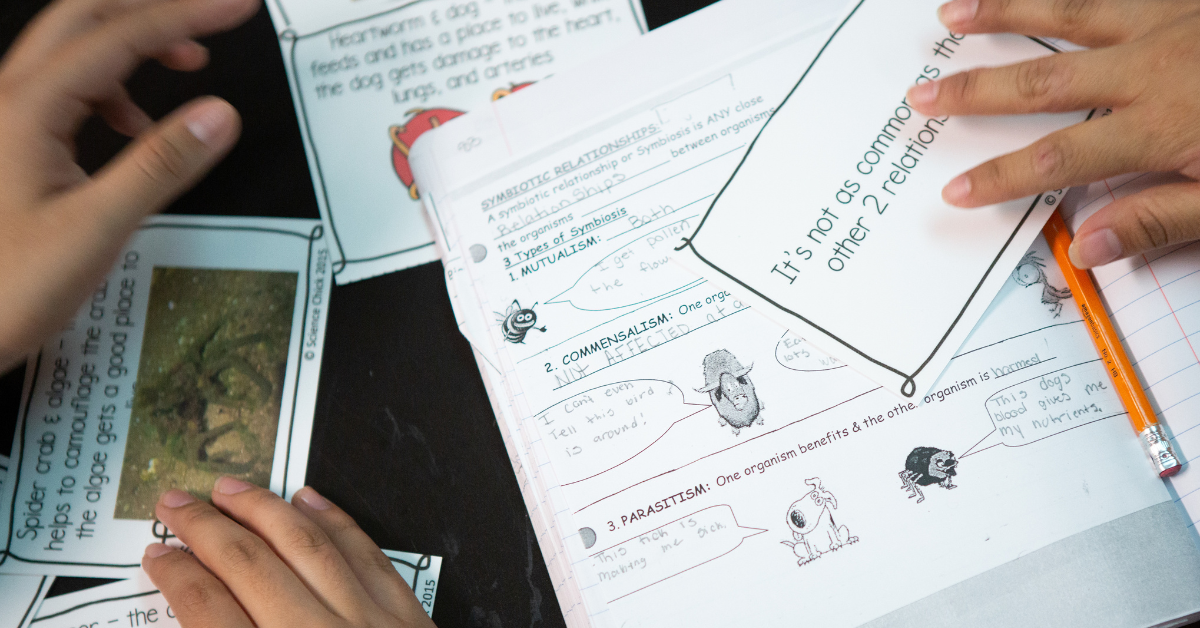
Mar 1, 2023 8:30:00 AM
by Heejae Lim
After a pandemic that has wreaked havoc on a generation of students, teachers are being pushed to the brink. To ease the burden on teachers and accelerate learning recovery, we must tap into the most underutilized resource in schools — families.
As a Korean immigrant who arrived at school speaking no English, my mom was instrumental in supporting me through a difficult transition by partnering with my teachers to support my success. With the right tools and support, school districts can replicate my experience and facilitate more meaningful conversations between families and educators.
In our post-pandemic reality, school districts no longer have the luxury of thinking of family-school partnerships merely as bake sales – they must view families as instrumental partners in elevating academic success.
Establishing a New Mindset
Investing in family-school partnerships requires no new staff, but requires new mindsets. It taps into the basic math that a student spends much more time at home than in school, as well as the basic truth that a parent’s love for their child is universal.
By now, the grim facts on learning loss are widely understood: NAEP scores showed the largest reading decline in 30 years and the first-ever decline in math. Even worse, racial gaps have widened. As just one example, Black 4th graders saw a 13-point drop in math, compared with a 5-point drop among white 4th graders.
Using Pandemic Funding Wisely
Less understood is the unprecedented amount of resources available to schools courtesy of the federal government. Schools received $122 billion last school year, and the overwhelming majority of those funds have not yet been spent.
As district leaders consider the range of options to allocate these resources, they should invest in evidence-based, sustainable and cost-effective solutions such as family-school partnerships.
First and foremost, family engagement should be prioritized as a learning recovery tool for the simple reason that it works. Research has long shown that family-school partnerships are a strong predictor of student outcomes, even more impactful than socioeconomic status.
My organization, TalkingPoints, recently added to this body of research. Our in-house research team partnered with Professor Eric Chan at Babson College to analyze the impact of using TalkingPoints on student achievement and attendance in a large, urban, diverse district. Because the district adopted TalkingPoints slowly over the course of several years, the research team was able to design a ESSA Tier 2 equivalent study that compared schools that used TalkingPoints to schools that did not, and importantly, to control for individual and school characteristics.
Overall, students who used TalkingPoints gained the equivalent of seven months of additional learning in math, saw course proficiency improvements in English language arts and math by seven percent, and reduced their absenteeism rate by 15%. These gains are even more pronounced for traditionally underserved students, including Black students, Latino students, students with disabilities, and English language learners.
Yet, despite this body of research, family-school partnerships remain an underappreciated and underinvested approach. According to an analysis conducted by Georgetown University’s Future Ed, less than one-third (29%) of urban districts and a mere 15% of rural districts are using federal funds on family engagement.
Instead, it appears districts are prioritizing making new hires, which is challenging during a nationwide labor shortage. In fact, according to a 2022 McKinsey report, 61% of district administrators said talent shortages were an issue in spending ESSER funds.
The other concern with prioritizing new hires is the inevitable fiscal cliff and potential layoffs when federal dollars dry up. If there’s one lesson education leaders should have learned from previous significant infusions of federal dollars, it’s that education programs need to be designed with sustainability in mind.
Family-school partnerships rely on a resource already available in schools – educators and families. Instead of hiring new staff, what is needed is an investment in technology to leverage families more effectively, coupled with building educators’ capacity to optimize their use of these innovative new tools. These investments are lower cost and higher impact than many other school improvement initiatives. In fact, according to one study, a more involved family leads to achievement gains equivalent to an additional $1,000 per pupil.
America’s public schools may be emerging from an unprecedented crisis, but there’s an unprecedented amount of resources available to aid in the recovery that is yet to be spent. Research confirms what my mom intuitively understood so many years ago: student success is much easier with a partnership between educators and families.
Heejae Lim founded TalkingPoints based on her personal experience growing up as a Korean immigrant student and seeing her mother make a difference in her education because she had the ‘voice’ to do so. She started her professional career at McKinsey & Company, including due diligence for multi-billion dollar M&A events, corporate restructuring as well as financial planning for social sector organizations such as Gates Foundation and Teach First. Heejae has a MBA from Stanford, and is an Oxford and LSE graduate, all of which she graduated with distinctive honors.
Few issues in education spark more tension and debate than standardized testing. Are they a tool for equity or a burden on students? A necessary check on school systems or a flawed measure of...
Charter schools are public schools with a purpose. Operating independently from traditional school districts, they're tuition-free, open to all students, and publicly funded—but with more flexibility...
Despite the benefits of a diverse teaching force, prospective teachers of color fall out of our leaky preparation pipeline at every stage: preparation, hiring, induction, and retention. Here’s what...
Ed Post is the flagship website platform of brightbeam, a 501(c3) network of education activists and influencers demanding a better education and a brighter future for every child.
© 2020-2025 brightbeam. All rights reserved.
Leave a Comment